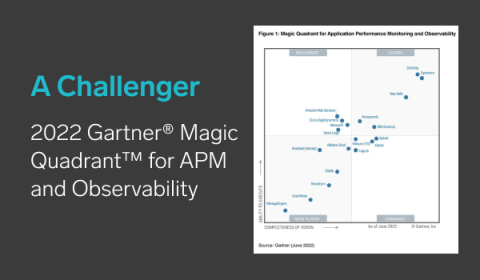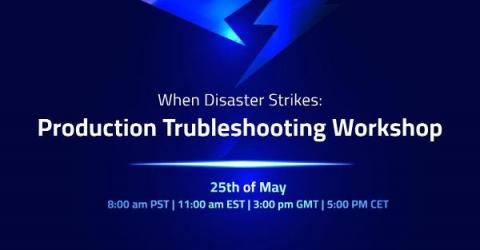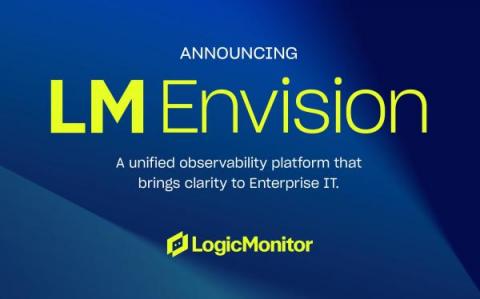Operations | Monitoring | ITSM | DevOps | Cloud
Observability
The latest News and Information on Observabilty for complex systems and related technologies.
Spring Boot Performance Workshop with Vlad Mihalcea
A couple of weeks ago, we had a great time hosting the workshop you can see below with Vlad Mihalcea. It was loads of fun and I hope to do this again soon! In this workshop we focused on Spring Boot performance but most importantly on Hibernate performance, which is a common issue in production environments. It’s especially hard to track since issues related to data are often hard to perceive when debugging locally.
Build vs Buy: What's The Best Route for Observability Pipelines?
If there was a question on if an enterprise needed an observability pipeline in 2019 or 2020, we now know the answer is: yes. The observability data management methods of the 2010s aren’t going to work in the 2020s. Data is growing too fast for us to ignore, and the need to gain intelligence from said data continues to grow in importance. Data (and access to it) is becoming a competitive edge for many enterprises today.
Monitoring Cloud Native Microservices
Today’s modern applications contain a broad set of microservices, with containers and serverless becoming the architectures of choice for many cloud applications. Both architectures facilitate highly scalable systems, and while which approach to take is routinely debated, containers and serverless technologies are being used in tandem more and more.
Ask Miss O11y: As a developer, how can I try out observability?
What's the first small thing to do in o11y that would teach me something, bring something valuable, and open the way for something else? Observability doesn’t have to be a big, company-wide project. It can be useful locally and individually. A little playing around can get you some crucial insight into how your software works. Try it as a team, or in a pair, or by yourself. It takes 3 steps: Step 1 is easy. The other two might take ten minutes, or maybe more like a day.
What the Heck is Network Observability Anyway?
When it comes to monitoring and specifically IT Operations Monitoring (ITOM), everyone is saying monitoring is dead – you need observability. Vendors are jumping on the observability bandwagon. There’s a lot of noise about observability, network observability, full-stack observability and every other kind of observability you can imagine. This is a topic we have touched on in the past.
Observability strategies that work - and some that don't
Creating an observability strategy is a lot like playing with Legos: It takes small building blocks to create a bigger picture, but the slightest mistake could throw off an entire build — and often you realize it very late in the process and have to rip and repair the Hogwarts castle infrastructure you spent many days creating.
Service Level Objectives as Code: Terraforming Honeycomb SLOs
In March, we announced official support for a Honeycomb Terraform Provider. Today, we’re announcing additional support for managing Honeycomb Service Level Objectives (SLOs) with Terraform. This furthers Honeycomb’s support for configuration as code and it gives you programmatic control for an immensely popular Honeycomb feature.











